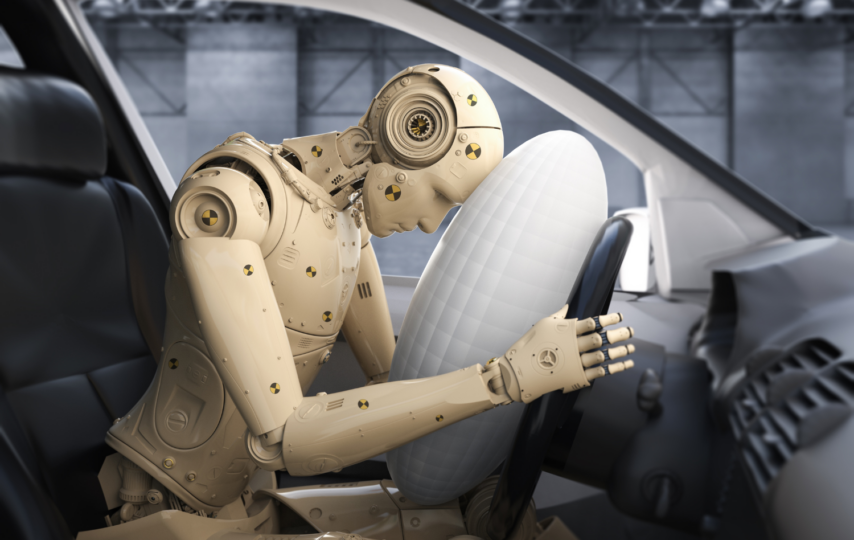As we advance into the digital age, the intersection of technology and transportation has brought cybersecurity to the forefront of the automotive industry. Today’s vehicles are not just modes of transport but sophisticated interconnected digital systems on wheels. This evolution brings immense benefits but also introduces significant cybersecurity challenges.
The Evolution of Connected Vehicles
The concept of connected vehicles has transformed from a futuristic vision to a present-day reality. These vehicles, equipped with internet connectivity and software systems, offer enhanced navigation, real-time traffic updates, entertainment systems, and improved operational efficiency. However, as cars become more like computers, they also become susceptible to the same cybersecurity threats that plague our digital devices.
Understanding Cybersecurity Risks in Modern Vehicles
The risks associated with cybersecurity in vehicles are multifaceted. Hackers could potentially exploit vulnerabilities to gain unauthorized access to vehicle systems, leading to data breaches or, more alarmingly, taking control of vehicle functions. This could include manipulating the braking system, engine controls, or other critical functions, posing a direct threat to passenger safety.
Manufacturers’ Response to Cyber Threats
Automotive manufacturers are increasingly recognizing the importance of cybersecurity. Efforts to enhance vehicle cybersecurity include developing more robust software architectures, implementing regular software updates, and using advanced encryption technologies. Additionally, many are collaborating with tech companies and cybersecurity experts to stay ahead of potential threats.
Consumer Awareness and Responsibility
As vehicles become more connected, the role of the consumer in maintaining cybersecurity also grows. Vehicle owners need to be aware of the digital aspects of their cars, ensuring that software is regularly updated and being cautious about integrating third-party devices or applications that could introduce vulnerabilities.
The Legal and Insurance Perspective
The digital transformation of vehicles is not just a technological shift but also a legal and insurance paradigm shift. In incidents like motor vehicle crashes, the role of a potential cybersecurity breach becomes a critical factor. Legal professionals and insurance companies are adapting to these changes, focusing on how cyber threats intersect with traditional automotive risks. Firms like McLaurin Law are at the forefront of understanding these evolving legal landscapes, guiding clients through complex scenarios that blend traditional vehicular accidents with cyber-related factors.
The Future of Automotive Cybersecurity
Looking ahead, the automotive industry is poised to continue its rapid integration with digital technology. This future, filled with autonomous vehicles and advanced driver-assistance systems, will further elevate the importance of cybersecurity. Ongoing collaboration among manufacturers, technology companies, cybersecurity experts, legal professionals, and regulatory bodies will be crucial in shaping a secure automotive future.
Conclusion
The integration of digital technology in the automotive industry is an exciting yet challenging frontier. Cybersecurity in this context is not just about protecting data but safeguarding human lives. As we navigate this new era, a comprehensive approach involving technological innovation, consumer awareness, legal insight, and regulatory frameworks will be key to ensuring a safe and secure automotive future.







